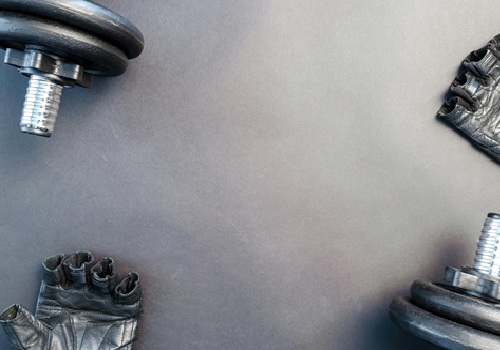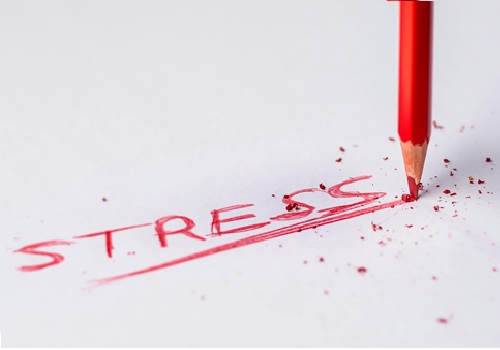Understanding the Habit Loop
In his bestselling book The Power of Habit: Why We Do What We Do in Life and Business, Charles Duhigg explores the science behind why we form habits, how they shape our actions, and how we can change them. At its core, the book is about the powerful influence habits have on our lives and the choices we make, whether personal or professional. From the moment we wake up in the morning to when we go to bed at night, our lives are shaped by habits—often without us even realizing it.
The Habit Loop
Duhigg explains that all habits, regardless of their nature, follow a three-step process known as the "habit loop." This loop consists of:
- Cue: The trigger that starts the habit.
- Routine: The behavior or action we take in response to the cue.
- Reward: The positive outcome that reinforces the habit and makes us want to do it again.
For example, if you feel stressed (cue), you might respond by eating a chocolate bar (routine), which temporarily makes you feel better (reward). Over time, this loop becomes ingrained, making the action automatic. Understanding the habit loop is key to both understanding our behaviors and finding ways to change them.
The Power of Habits in Life
Habits are not just mindless routines; they are fundamental to our survival. They help us save energy and free up cognitive resources by automating actions. For instance, brushing our teeth, driving to work, or checking our phones are all habits that save us from having to think too much about them. However, not all habits are beneficial. Some habits, like procrastination, smoking, or unhealthy eating, can derail our success and well-being.
One of the most important lessons from The Power of Habit is that, although habits are powerful, they can be changed. Duhigg explains that the key to changing a habit is to keep the cue and the reward the same, but alter the routine. This simple principle can have a transformative impact on individuals who want to break free from bad habits and replace them with more productive, healthier behaviors.
Habits in Business
Just as habits shape individuals, they also play a crucial role in business. Companies rely on habits to maintain their operations, influence consumer behavior, and drive success. In fact, Duhigg argues that the most successful businesses understand the power of habit and have cultivated environments that foster positive habits among employees and customers.
For example, companies like Starbucks have developed training programs that teach employees how to handle difficult customer interactions by creating new habits. These new habits help to deliver exceptional customer service consistently. Additionally, brands like Coca-Cola and Nike have built habits into the lives of their consumers. Coca-Cola is not just selling a product but the idea of refreshment and enjoyment, creating an emotional reward that keeps people coming back.
The key to success in business is recognizing the power of habits and using that knowledge to influence both internal company culture and external customer loyalty. When businesses build positive habits in their employees and customers, they are more likely to succeed in the long term.
The Role of Keystone Habits
Duhigg introduces the concept of "keystone habits," which are habits that have a ripple effect on other areas of our lives. These habits, when practiced, spark positive changes across multiple areas. For example, regular exercise is a keystone habit that can lead to healthier eating, better sleep, increased productivity, and reduced stress. By focusing on changing just one key habit, we can unlock a cascade of improvements in other areas of life or business.
In a business context, a keystone habit might be encouraging employees to adopt a habit of collaboration. This practice could lead to improved communication, better teamwork, and increased overall productivity. Identifying and nurturing keystone habits can have a profound impact on both personal and professional growth.
Changing Habits: A Practical Approach
Changing habits isn't easy, but it is possible. Duhigg outlines a simple framework for doing so. The first step is to identify the habit loop: the cue, routine, and reward. Once we understand the habit, we can experiment with new routines that will provide the same reward. Over time, the new behavior will replace the old one, and we will start to build new, healthier habits.
For example, if you're trying to stop smoking, you can replace the cigarette break (routine) with taking a brisk walk (new routine) after feeling stressed (cue). Both provide a sense of relief (reward), but the new routine is healthier and more productive. The process of habit change requires patience and persistence, but by focusing on the reward and experimenting with new routines, we can rewire our brains for success.
Conclusion
The power of habit is undeniable. Our lives and businesses are shaped by the habits we develop, and by understanding how habits work, we can change them for the better. Charles Duhigg’s book provides invaluable insights into how habits form, how they affect our decisions, and how we can harness their power to improve our lives and businesses. Whether you’re trying to improve your personal health, boost productivity at work, or foster better relationships, the key lies in understanding the habit loop and making small, intentional changes that lead to lasting transformation.
In the end, The Power of Habit is not just about breaking bad habits; it’s about building good ones that propel us toward success, both in life and in business. By leveraging the power of habits, we can unlock our true potential and lead more fulfilling, productive lives.








